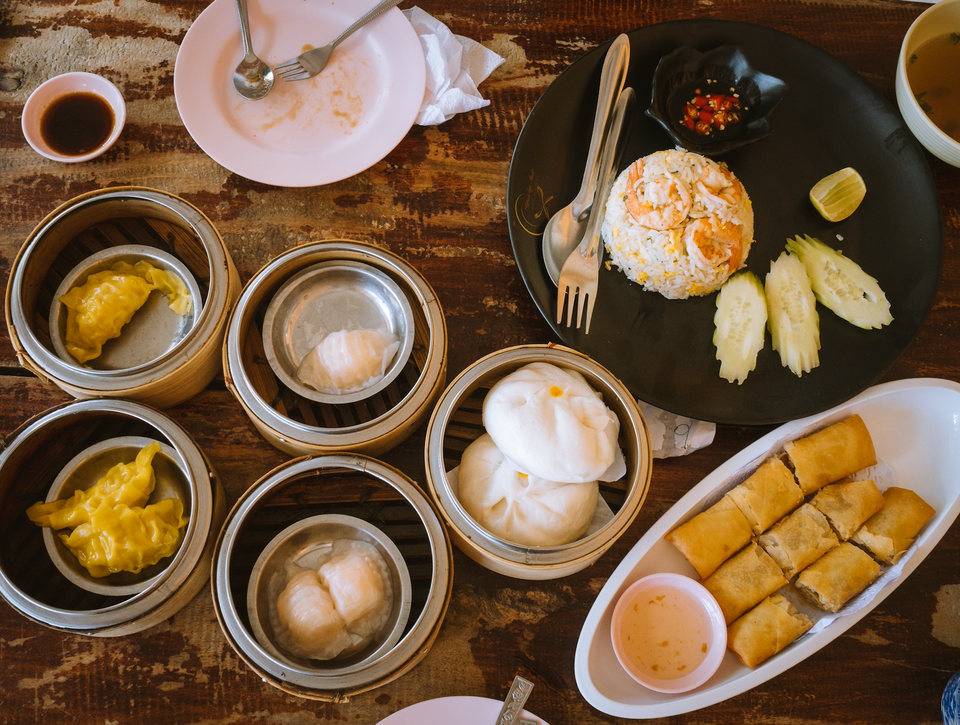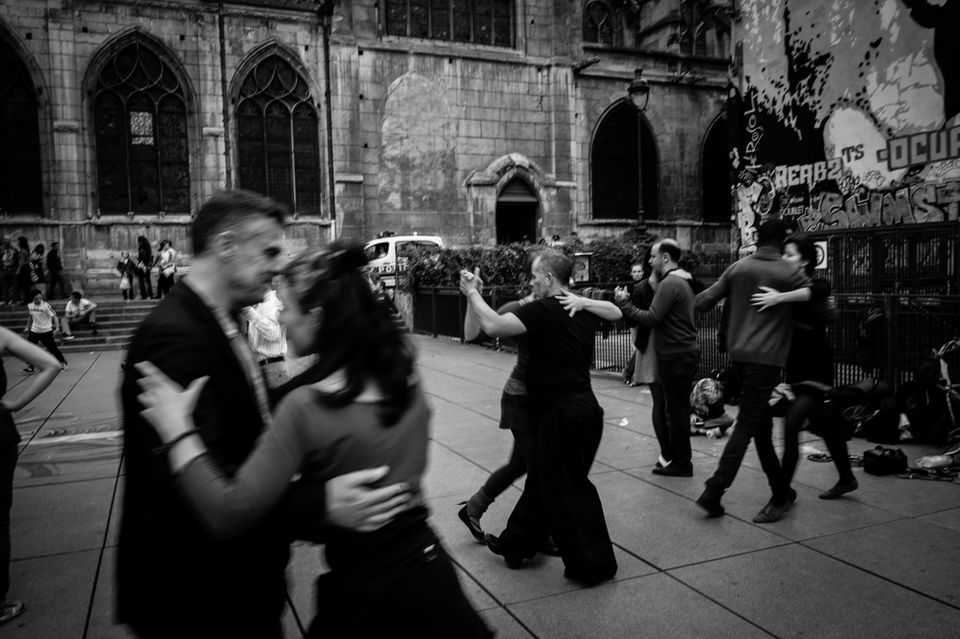After a seismic economic collapse and a rather dreary decade as a whole, there have been a few new trends that would look curious if they weren’t surrounded by the debris of a recession. One of these trends is beer.
Beer has always been popular in our country, but always in different ways. It’s an old story to discuss the recent dominance of microbreweries over macrobreweries. The shift that we’ve seen in the last few years has gone even further. Now, even microbreweries are giving way to smaller craft breweries, and because of this trend, never in the history of our country has beer been more of an artisanal practice. This is quite an occasion.
Quite an occasion, because this example provides us with an excellent gauge for how our culture now approaches work. We can all see consumers trying to shift from quantity to quality. Toyota’s CEO recently said that their failure in manufacturing was because they had become more concerned with profit margin than with creating a quality product – ironic, since the highest quality products are starting to take in the most profit. We are becoming (we hope) more intelligent consumers who buy less crap and look for more efficient products.
But beer gives us an even deeper insight. Not only are people demanding higher quality products, but we also have less money to spend on those products. Americans are no longer satisfied with “high quality” being an ostentatious attribute only affordable to the rich. It is now a standard of living for the middle class. This means that consumer demand requires companies to not only look at their bottom line, but at the quality of business they are practicing. And because of this, suddenly business ethics matter a whole lot more. We are now a culture beginning to demand that manufacturers ask, “Is it good?” – the very question at the basis of the origin of work.
In her essay “Why Work,” Dorothy Sayers poses a challenging renewal of work ideology and uses a rather prescient analogy to our topic at hand. Her audience is in far more troubling times than ours. She is speaking to a society in the midst of World War II.
The habit of thinking about work as something one does to make money is so ingrained in us that we can scarcely imagine what a revolutionary change it would be to think about it instead in terms of the work done. To do so would mean taking the attitude of mind we reserve for our unpaid work – our hobbies, our leisure interests, the things we make and do for pleasure – and making that the standard of all our judgments about things and people. We should ask of an enterprise, not “will it pay?” but “is it good?”; of a man, not “what does he make?” but “what is his work worth?”; of goods, not “Can we induce people to buy them?” but “are they useful things well made?”; of employment, not “how much a week?” but “will it exercise my faculties to the utmost?” And shareholders in – let us say – brewing companies, would astonish the directorate by arising at shareholders’ meeting and demanding to know, not merely where the profits go or what dividends are to be paid, not even merely whether the workers’ wages are sufficient and the conditions of labor satisfactory, but loudly and with a proper sense of personal responsibility: “What goes into the beer?”
Sayers is calling for a new ethic in work. And our culture seems to be taking her proposal seriously. The discussion of “ethics based on what?” is deep, and one that must be had. But for the time being and space provided, it is good to explore the fascinating case study that we presently have in front of us: beer is better than ever.
Quality beer is gaining steam because it is inexpensive, enjoyable, increasingly more complex, and more accessible and, somehow, less pretentious than wine. Whether through food pairings, beer-devoted restaurants, or the popularity of homebrewing, beer’s ascendancy is all around us.
And with most Americans having less to spend, yet desiring to advance their palate, getting into wine is expensive. Good thing beer isn’t.
So, in an effort to quite literally put the money where the mouth is, here are five American micro/craft brewed beers that are at the top of their game, and will definitely make you, too, say, “It is good.” To the average drinker, these “gourmet” beers will possess the same complexity as a $50 bottle of Bordeaux, but cost you less than $15 bucks (and some even far less than that).
In no particular order…
Pliny the Elder
- Brewery: Russian River (Santa Rosa, CA)
- Style: Imperial/Double IPA
- Tasting Notes: Citrus, pine, sweet malts, with floral aroma
- Food Pairings: Blue cheese, spicy crab cakes, fried seafood
- Rating on RateBeer.com: 100
- ABV: 8%
- Best served in: Snifter or tulip glass
- Price: $5
If the Belgians define their beer by complex yeast strands, Americans have come to define our beer by hops, which means the IPA has become our style of choice. Huge and complex hop profiles define this beer, along with 40% more malt than your typical IPA. It is crisp, full-bodied, gold in color, and highly drinkable.
Xtra Gold
- Brewery: Captain Lawrence (Pleasantville, NY)
- Style: American Style Trippel Ale
- Tasting Notes: mild hop, clove, fruit, honey, crisp citrus, sweet honey and floral aroma
- Food Pairing: roast vegetables, rotisserie chicken, fish. Can be used as an apertif before dinner or with shrimp cocktail.
- Rating on RateBeer.com: 97
- ABV: 10%
- Best served in: Goblet or wine glass.
- Price: $9
From the brewer:
“This beer is an American adaptation to the classic Belgian style of beer known as a Tripel. Historically Tripels were brewed to have a very light golden color, a moderate hop presence, and be around 9% alcohol. But we are not in Belgium, so I decided to crank up the hops, dry hop the beer with American Amarillo hops, and brew it to 10% ABV. This is our American Tripel, enjoy.”
If you want to take things a step further, try purchasing a bottle of Captain Lawrence’s even more affordable standby “Liquid Gold” and use it to steam shellfish.
Bourbon County Stout
Editor’s note, because she couldn’t resist: this is my all-time favorite.
- Brewery: Goose Island (Chicago, IL)
- Style: Imperial Stout
- Tasting Notes: bourbon, oak, chocolate, coffee, with vanilla and smoke aroma.
- Food Pairings: smores, cigars, flourless chocolate cake
- Rating on RateBeer.com: 100
- ABV: 11-13%
- Best served in: snifter
- Price: $9
From the brewer:
“I really wanted to do something special for our 1000th batch at the original brewpub. Goose Island could have thrown a party. But we did something better. We brewed a beer. A really big batch of stout-so big the malt was coming out of the top of the mash tun. After fermentation we brought in some bourbon barrels to age the stout. One hundred and fifty days later, Bourbon County Stout was born – a liquid as dark and dense as a black hole with a thick foam the color of bourbon barrels. The nose is a mix of charred oak, vanilla, caramel, and smoke. One sip has more flavor than your average case of beer. It overpowers anything in the room. People have even said that it’s a great cigar beer, but I haven’t yet tried a cigar that would stand up to it.”
Also, this beer ages quite well. It’s definitely worth dropping a few more bucks if you can find older vintages.
Local 1
- Brewery: Brooklyn (Brooklyn, NY)
- Style: Belgian-inspired Golden Strong Ale
- Tasting Notes: clove, pepper, sweet malts, slight fruitiness
- Food Pairings: spicy fish, ham, fine cheese
- Rating on RateBeer.com: 95
- ABV: 9%
- Best served in: trappist glass, tulip, or a tumbler
- Price: $10
From the brewer:
“In Williamsburg, Brooklyn, we forge barley malt and hops from Germany, aromatic raw sugar from Mauritius and yeast from Belgium into our latest beer, Brooklyn Local 1. Behind the full golden color you’ll find an alluring aroma, a dynamic complex of flavors. Belgian flair, Brooklyn fortitude and a dusting of our special yeast. To create this beer, we use the old technique of 100% bottle re-fermentation, a practice now rare even in Europe. It gives this beer a palate of unusual depth.”
120 Minute IPA
- Brewery: Dogfish Head
- Style: Imperial IPA/Belgian Strong Ale
- Tasting Notes: incredibly complex hop flavors, citrus, pine, fresh grass.
- Food Pairings: fried seafood, aged cheddar, fatty fish, Szechwan
- Rating on RateBeer.com: 98
- ABV: 21%
- Best served in: trappist glass, snifter
- Price: $15
From the brewer:
“Too extreme to be called beer? Brewed to a colossal 45°P, boiled for a full 2 hours while being continually hopped with high alpha American hops, dry-hopped every day in the fermenter for a month, and aged for a month on whole leaf hops, 120 Minute IPA is by far the strongest IPA ever brewed. And at 21% ABV and 120 IBU’s, you can see why we are calling this the Holy Grail for Hopheads.”
This beer is a sipper, and is meant to be savored like a sherry or dessert wine.
And a few other helpful beer resources:
- www.ratebeer.com (ratings on almost every beer out there)
- www.beermenus.com (find out what bars, grocery stores, and restaurants carry your favorite beer)
- www.beeradvocate.com (everything beer)




